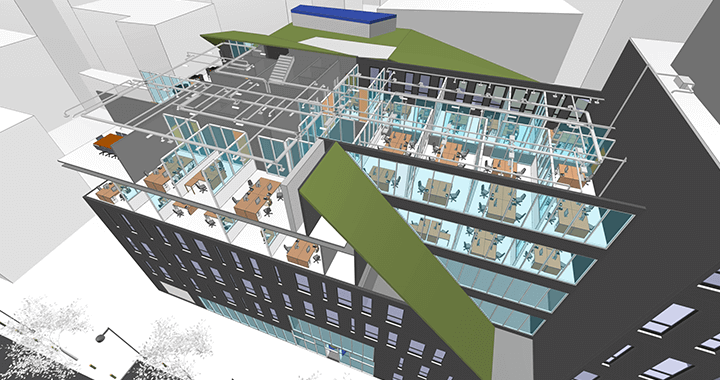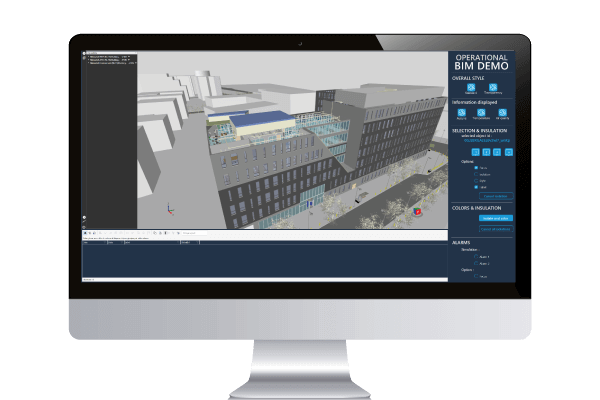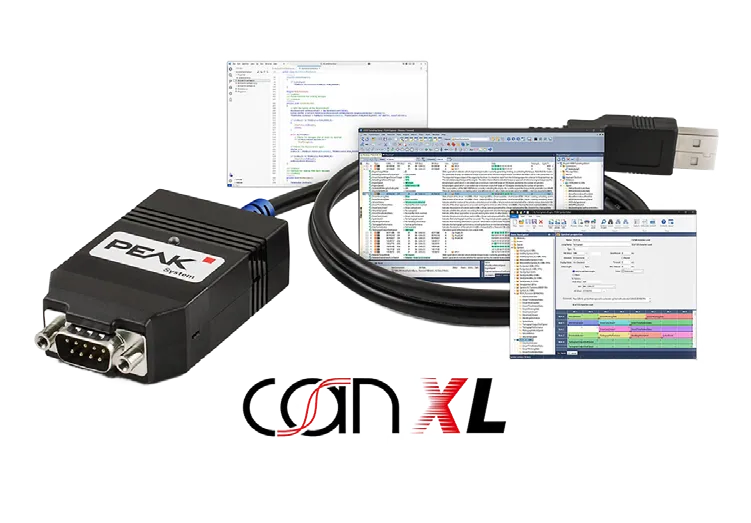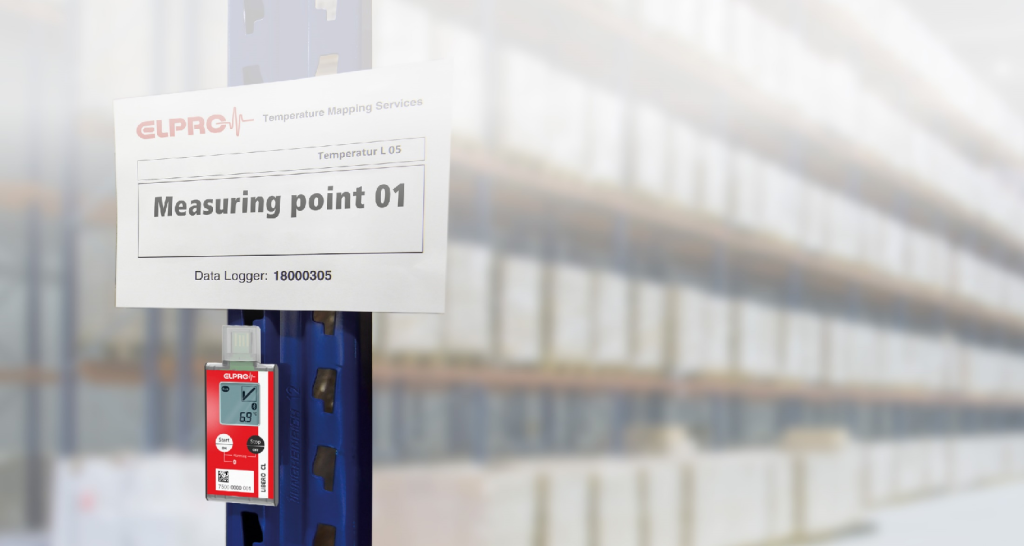
【虹科方案】 虹科 Vuzix AR 智慧倉儲物流解決方案 – 軟硬體整合、SAP 無縫對接
虹科 AR 智慧倉儲物流方案結合 Vuzix 智能眼鏡與 Mobilium 智慧平台,透過軟硬體雙升級助力企業提升倉儲自動化與訂單準確率,支援 WMS/ERP/SAP 無縫整合,打造高效、安全、免手動的數位化倉儲管理體系。
Lorem ipsum dolor sit amet, consectetur adipiscing elit. Ut elit tellus, luctus nec ullamcorper mattis, pulvinar dapibus leo.
The emergence of BIM (Building Information Modeling) around 2011 has brought a major breakthrough to the construction industry. Today, the technology has matured to the point where it can be applied to other areas in addition to the construction phase.
So, how do you integrate BIM into a SCADA system?

In the past, project managers used AutoCAD to produce simple drawings, but BIM has three key features that go beyond traditional drawing design:
The primary goal of BIM is to improve and deepen the design phase. Better design means fewer construction errors and easier maintenance. The '1-20-60 rule', as it is known in the construction industry, states that a €1 error in design can lead to an additional €20 in construction costs, and ultimately a €60 increase in maintenance costs.
In the broadest sense, BIM is a complete description of a building. Often misunderstood as a mere 3D representation, which is a stereotype, the key to BIM is that it is a collection of all the information about a building. This information is not only useful to the project manager, but also to the operations, maintenance and integration teams.
BIM provides stakeholders with all the information needed for building equipment and operations and maintenance, ensuring a seamless transition from the construction phase to the operations and maintenance phase of the building.
BIM can integrate three types of data:
The correlation of these data constitutes a digital symbiosis: a fusion of the physical and virtual worlds in a two-way system (where information can be retrieved and returned).

With BIM becoming a key element of SCADA, we have integrated it into our Panorama SCADA solution to make the HONGKEI Panorama SCADA system BIM-enabled for operations.
BIM building data can be imported into Panorama Studio, the integrated development environment for Panorama SCADA. This is done through relay data in IFC files (OpenBIM Common Format).Panorama Studio recognizes various building components and adds them as design "objects" (digital instances of physical objects), thus speeding up the development of applications.
3D models can be integrated into SCADA applications and animated to provide spatial context for building information, making it easier for operators to navigate and locate equipment components or related information.
Example:
When the operator receives an alarm indicating a valve failure and wishes to view it in the application:
Select Alert Notification
The application shows the exact position of the valve in the 3D model.
Valve faults can be intervened in by the operator
BIM is a complete description of the building and therefore requires structured processing of the displayed information. The user view is essential for the accurate application of the data.
The following are examples of SCADA applications based on user roles:
With BIM operational capabilities, HONGKEI Panorama puts BIM at the heart of its operations and becomes a valuable "ally" in the implementation of SCADA solutions for its customers.

虹科 AR 智慧倉儲物流方案結合 Vuzix 智能眼鏡與 Mobilium 智慧平台,透過軟硬體雙升級助力企業提升倉儲自動化與訂單準確率,支援 WMS/ERP/SAP 無縫整合,打造高效、安全、免手動的數位化倉儲管理體系。

虹科(HongKe)推出基於 CAN XL 與 TSN 的整體汽車網絡解決方案,結合高帶寬、低延遲與確定性通訊優勢,助力車廠與 Tier-1 供應商構建面向軟體定義汽車(SDV)的下一代 E/E 架構。方案涵蓋 CAN XL 通訊模組、FPGA TSN 平台與測試套件,全面提升汽車通訊效率與可靠性。

在藥品儲存與冷鏈管理中,溫度監測是確保品質與安全的關鍵。虹科(HongKe)攜手 ELPRO 提供全方位藥品溫度監測解決方案,支援 24/7 實時監控、自動警報、雲端數據存儲與校準追蹤,符合 GxP、FDA、GDP 等國際標準,守護每一份藥品質量。